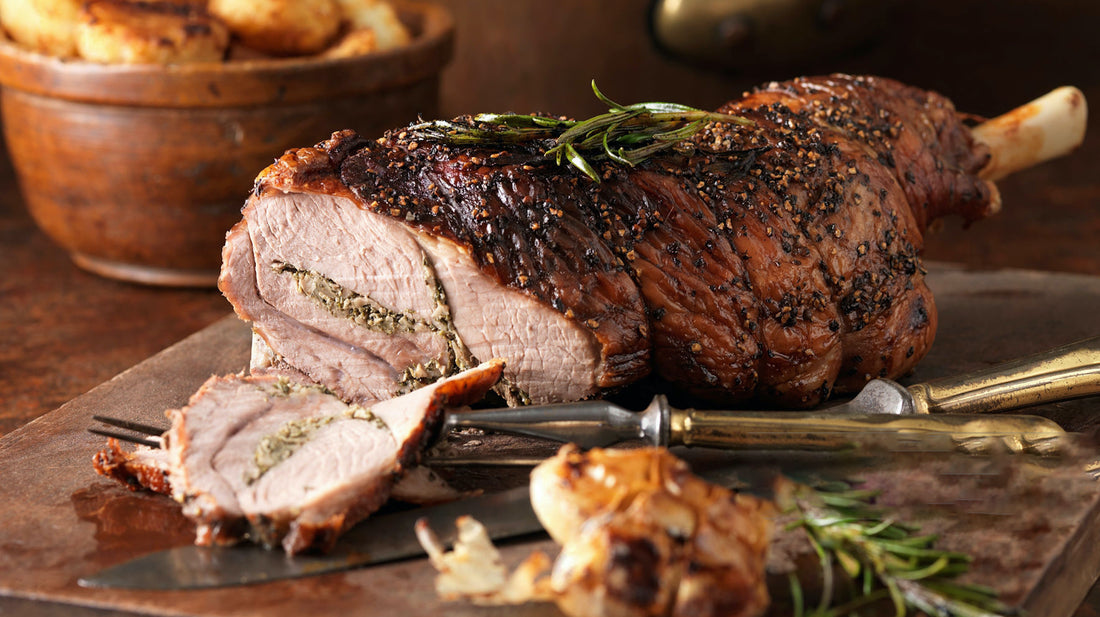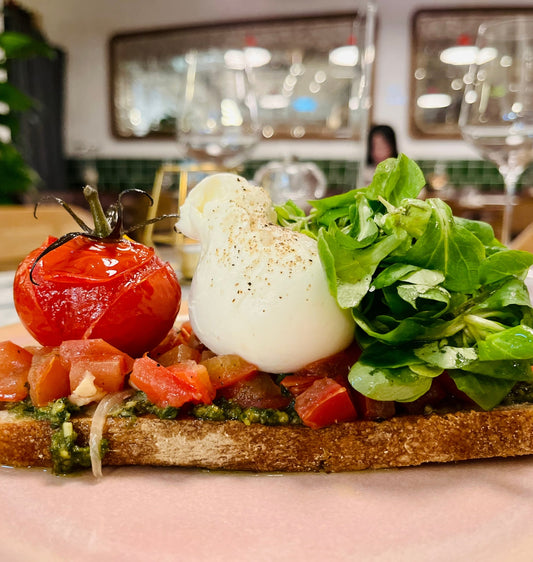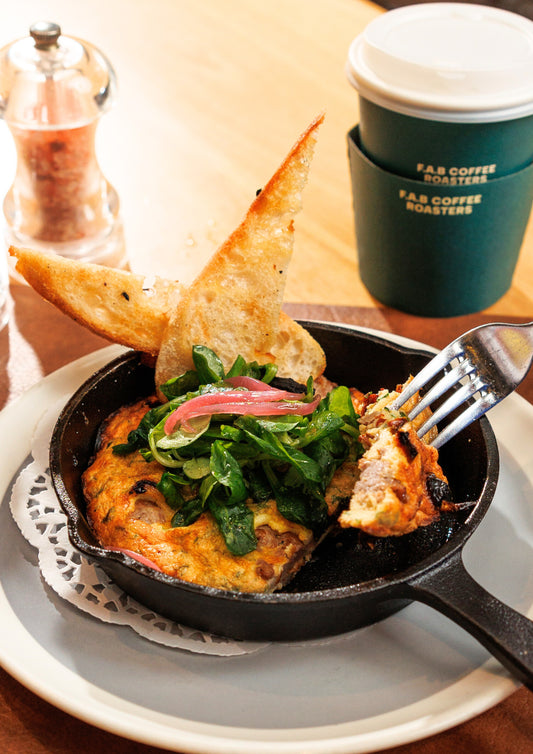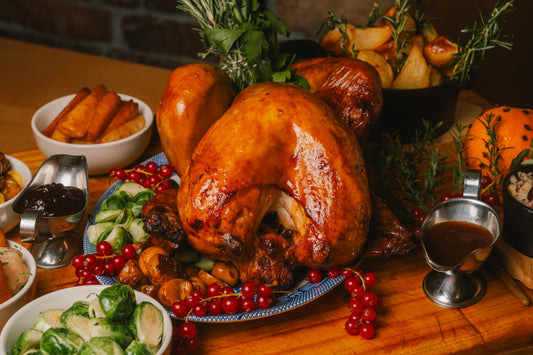
烤羊腿
這道簡單易做的希臘風味羊肉食譜,將數千年的烹飪傳統帶入您的家中,帶來美味佳餚。
希臘群島。岩石嶙峋,乾旱少雨,山巒疊嶂,氣候炎熱。這裡是飼養頂級綿羊的理想之地,綿羊在山坡上悠閒地吃著香草, 羊肉的風味無與倫比。在這樣的地方,人們對羊肉的熱愛自然而然地盛行。而這份熱愛也催生了豐富的食譜和風味組合,我們怎麼能錯過呢!
烹飪界(以及葡萄酒界)有句諺語:“生長在一起的食材,搭配起來味道更佳”,這道菜正是對這句諺語的完美詮釋。希臘岩石峭壁上生長著一種名為牛至的香草,它甜辣交織,風味微妙,並帶有濃鬱的泥土氣息和一絲苦澀。這種風味組合能夠完美地平衡並襯托羊肉的羶味。拿起一條羊腿,開始動手吧(繼續閱讀,看看我們說的到底是什麼!)。烤羊腿-食譜
原料
1條大羊腿,約3公斤8瓣大蒜
1 束牛至,摘取葉子
2顆檸檬,取皮屑和汁液
1 滿茶匙海鹽
8大匙橄欖油
1.5公斤新土豆
方法
製成糊狀物
在準備醃料的同時,將肉從冰箱拿出來,使其恢復到室溫。
你需要把所有香料混合在一起。這些香料包括大蒜、牛至、檸檬、鹽和橄欖油。你可以用研缽和杵將大蒜、檸檬皮和鹽搗碎,然後加入檸檬汁和2湯匙橄欖油。你也可以把大蒜、牛至和檸檬皮一起放在案板上切碎,然後在碗裡加入鹽和液體攪拌均勻。或者,你也可以直接把所有食材放進食物料理機裡攪碎。
開始捅人
用一把短而鋒利的刀,在羊肉上戳出許多小口袋,深度不要超過半個手指,然後扭動刀子將口袋撐開。此時肉的溫度接近室溫,應該會變得很柔軟,容易處理。
是時候玩得稍微髒一點了
盡量將大約一半的醬料塞進肉上的小洞。我們希望肉裡面有很多醬料,剩下的塗抹在肉的表面,所以不用太講究,直接塞進去就好。如果肉的表面沒有沾到醬料,就再在羊肉上塗抹一些橄欖油,確保整個表面都油潤光滑。
準備好隔熱墊
隔熱墊是用來隔絕烤盤底部高溫,保護肉塊的。由於隔熱墊會被烤出的汁水浸透,所以最好選擇可以食用的食材!我們選擇的是新馬鈴薯。首先,將新馬鈴薯拌入剩餘的醬料中,然後倒入烤盤,最後把羊肉放在馬鈴薯上。
烘焙
將烤箱預熱至最高溫度,通常在攝氏250度左右,我們將利用這種高溫來烤製羊腿,使其表面形成焦脆的外皮。將羊腿在攝氏250度下烤20分鐘,然後將溫度調至攝氏180度,繼續烤1小時15分鐘,即可達到五分熟。如果您喜歡七分熟,則需再烤15分鐘。
給馬鈴薯一些愛
烤到一半的時候,把羊肉拿出來,把馬鈴薯翻動一下。稍微「揉捏」一下,讓馬鈴薯稍微裂開一點,這樣烤出來的馬鈴薯會更酥脆,反而更好吃!然後把羊肉翻面,蓋在馬鈴薯上,再放回烤箱。
休息時間
羊肉烤至您喜歡的熟度(如果您有肉類溫度計,五分熟為57°C,七分熟為63°C),將其從烤箱中取出,放在溫暖的地方靜置20分鐘。然後與馬鈴薯和簡單的希臘沙拉一起食用。



